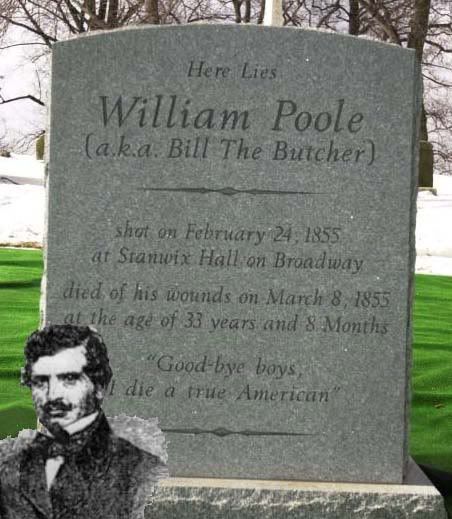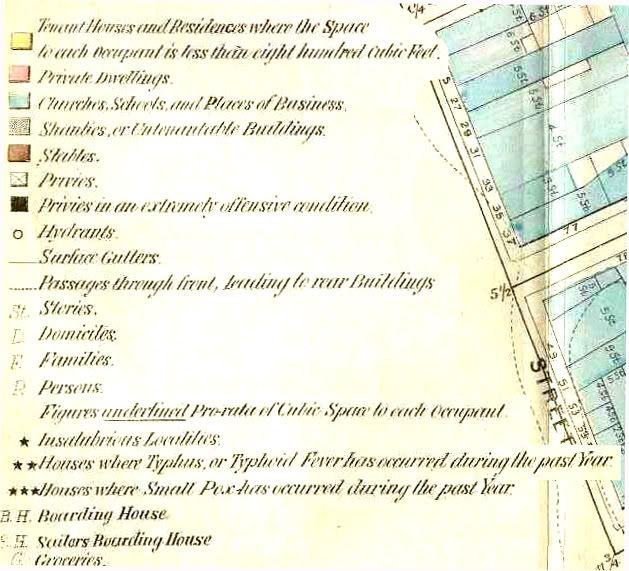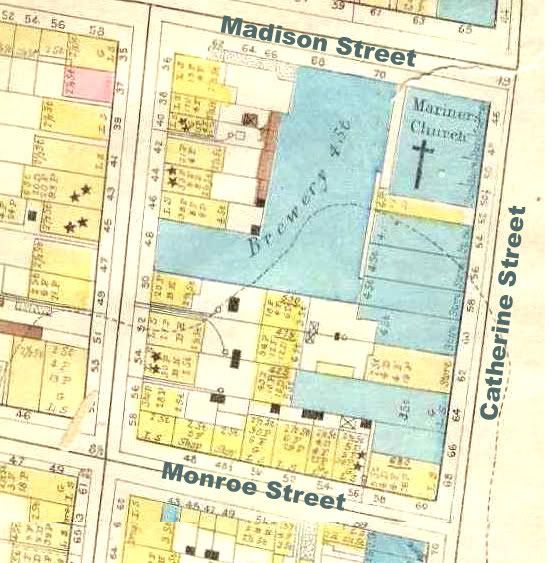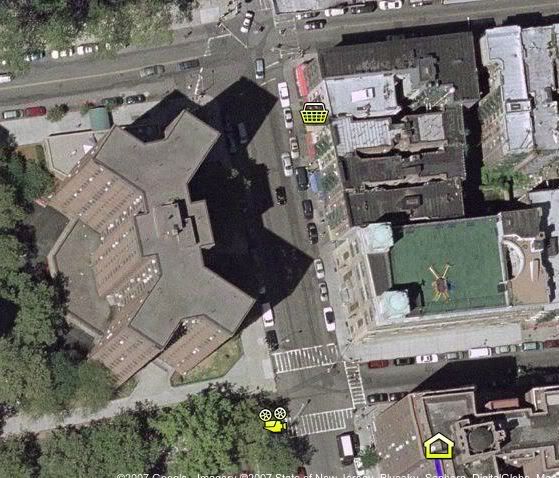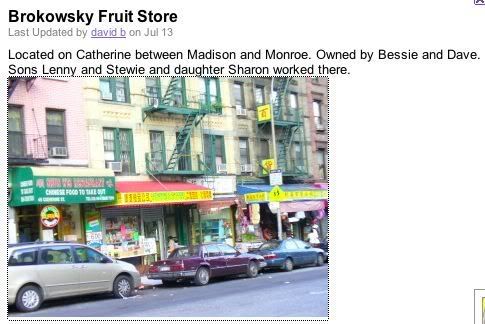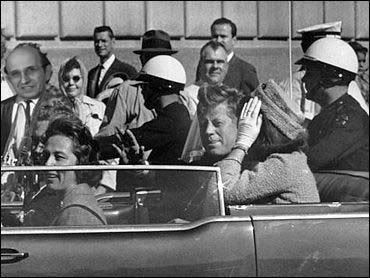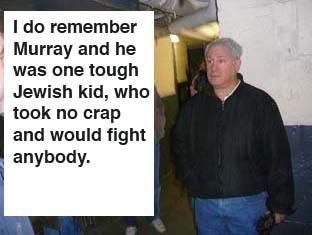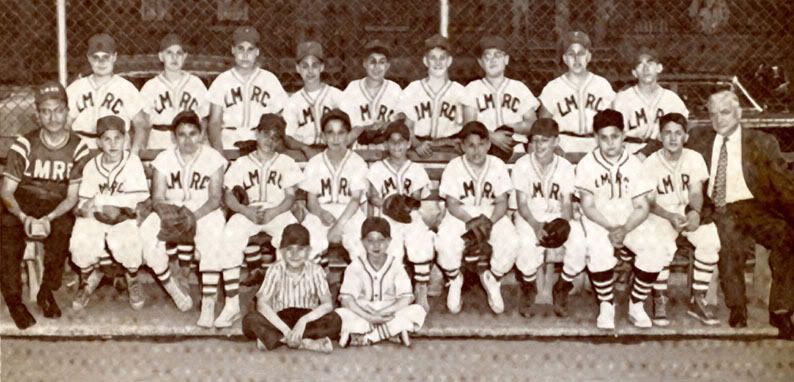The big fight scene minus the brutality. Pete Hamill's review of the movie:
TRAMPLING CITY'S HISTORY 'Gangs' misses point of Five Points
by Pete Hamill, New York Daily News 12-15-2002
“Let us… plunge into the Five Points…” – Charles Dickens. American Notes. 1842,
For years before the great British novelist paid his visit, and for decades afterwards, the Five Points was the most notorious slum in America. Even Dickens, who was familiar with the urban horrors of the London slums, was appalled.
“This is the place, these narrow ways, diverging to the right and left, and reeking everywhere with dirt and filth,” he wrote. “Debauchery has made the very houses prematurely old. See how the rotten beams are tumbling down, and how the patched and broken windows seem to scowl dimly, like eyes that have been hurt in drunken frays…all that is loathsome, drooping, and decayed is here.”
For more than half a century, thousands of Irish, German, Jewish and African-American New Yorkers were jammed into its warren of filthy, rat-infested houses. Crime, alcoholism, drug addiction were rampant. It was said that in one building – the abandoned Old Brewery – there was a murder a night for three years. Some of its tale was told in Herbert Asbury’s 1928 popular history, “The Gangs of New York”, and that book has now inspired a movie by Martin Scorsese, opening on Dec. 20.
In spite of all the horrors of life in the Five Points, the movie seems to me to be a bum rap. The story of the gangs, and the 1863 Draft Riots, has been presented on film as a kind of baroque slasher movie, dripping with blood, glittery with knives and axes. The real story is a better one.
Some basic geography: the Five Points district was named around 1830 after the intersection of three streets in the area above City Hall: Orange (now Baxter), Cross (now Park), Anthony (now Worth). (Ed. Note: The best map is in Tyler Anbinder’s “Five Points”). The intersection quickly gave its name to the entire area from Pearl St. to Canal, from Centre St. to the Bowery. Much of Chinatown stands today in the surviving streets; other parts are buried under the court houses and government buildings of Foley Sq.
The district was doomed to slumhood from the beginning. It was erected upon the filled-in Collect Pond, which was 60 feet deep and covered the equivalent of four city blocks, with its deepest point at today’s Franklin and Centre streets.. In 1802 the city’s leaders ordered the leveling of the adjacent Bunker Hill, shoving its earth and rocks into the Collect. The job was finished in 1813, setting off a small fever of land speculation.
Cheap wood-frame housing was built before the land settled. The ground remained marshy, dense with mosquitoes, and few wanted to live there. When the impoverished Irish began arriving in the 1830s, they found the cheapest housing in the Five Points. The houses were sub-divided into smaller flats, and as the immense tide of Famine Irish arrived in the mid-1840s, the place was soon jammed. There was no water supply, which led to the stereotype of the “dirty Irish”. There were few schools and many (perhaps 100,000) of the Famine Irish didn’t even know English. Most were country people, who had never seen cities.
Recessions, depressions, anti-Catholic bigotry made jobs difficult to find, and the Five Points turned dangerous. Marriages collapsed. Youth gangs were formed, to create a sense of family among fatherless boys or as a means of self-protection against other gangs. A familiar New York story.
Those gang members often moved on to crime, a step that is not surprising either. Crime is not a job, after all, but it is an occupation. Some young Irish women – often abandoned by their men -- peddled their bodies to rich men on Broadway in order to feed their children. Others fell into alcoholism or opium addiction. But as Tyler Anbinder suggests in his study, the constant turnover in population told another story: many of the poor endured, worked hard, and then moved up and out of the Five Points.
Scorsese works very hard to bring this banished world to life in his movie. That effort succeeds brilliantly in the sets, the clothing, the weaponry. But much of the movie defies history and logic. Consider the major character called Bill “the Butcher” Cutting, played by Daniel Day-Lewis. He is obviously inspired by a real-life New Yorker named Bill “the Butcher” Poole, whose character is sketched in Asbury’s book. But Poole’s turf was in Christopher St., over by the West Village piers, a very long way from the Five Points. He was murdered in 1855, and so could not be around for the Draft Riots of 1863. That’s why his name in the film is Cutting.
But in the movie, Bill the Butcher – a raving Nativist and the killer of the father of Leonardo DiCaprio – is based in the Five Points. This is an absurdity. The Five Points, by the 1860s, was constructed as a social fortress to ward off the more bloody-minded Nativists. Any Nativist – or Know Nothing as they called themselves -- who tried to live in the Five Points would not last a weekend. Day-Lewis plays his part in an over-the-top grand guignol style, as a kind of Oil Can Harry with knives and axes, shaded by irony and intelligence. In actual history, the truly sinister Nativists were not killers like Poole, but such respectable citizens as the painter-inventor Samuel F.B. Morse.
The focus on Bill the Butcher also creates the illusion that the knife was the overwhelming weapon of choice during the time of the Draft Riots (an illusion that adds to the repellant ugliness of many of the movie scenes). But the most detailed study of the casualties, made by historian Adrian Cook in “The Armies of the Streets” (1974) shows otherwise. The overwhelming cause of death among 105 rioters, policemen and soldiers was gunshot wounds. The second: beatings with clubs, cudgels and bricks. Some died jumping from burning buildings. At least one woman was killed when hit by a bureau thrown from the window of the burning Colored Orphans Asylum. Some of the dead were beaten and thrown into the rivers. Not one was described as stabbed to death.
Among 73 wounded soldiers, none was described as stabbed. Of 105 injured policemen, six were stabbed. Of the 128 reported injured rioters and victims, only one was stabbed. There were reports of the sexual mutilation (with knives) of a small number of African-Americans that would have cheered the hearts of any Klansmen. But most of the 18 murdered blacks were hung, shot or beaten to death.
I realize that such an analysis is pedantic to an extreme, and doesn’t express the horror of the four days of rioting. There were persistent reports at the time – codified later into myth – that the number of dead was actually much larger, as high as 2000.
The bodies were supposedly hidden as part of a Republican cover-up, to minimize the true costs in human life of the protests against President Lincoln’s draft law. But most New York politicians were Democrats, as were the police. They had no reason to protect the Republicans. The theory of a much larger number of dead includes the claim that many bodies were heaved into common graves, or tossed into the river. Mass graves were not found (although we glimpse one in Scorsese’s movie). And Cook says that in the two weeks after the riots, the bodies of 10 men, one woman, and three children were washed up on the shores of Manhattan and Brooklyn. Too many, to be sure, but not an indication of massive numbers of corpses consigned to the rivers.
(There are other scenes in the movie that defy the actual history. The movie makers have constructed an elaborate system of tunnels under the Five Points, obviously hand-hewn out of rock. But there was no rock beneath the Five Points, except on the higher Mott St. end. The spring that once fed the Collect was not truly capped. One underground stream moved towards Canal St., and on to the Hudson; another wandered to the East River. The sub-soil remained marshy, which is why that part of Manhattan never threw up the kind of skyscrapers that came to downtown and midtown. Landlords – Trinity Church among them – did carve into the mud beneath the buildings to carve out dank cellars to rent to the desperate. Tunnels through rock? Nah.
At the same time as the Draft Riots, Scorsese gives us glimpses of Chinese men in pigtails, and a glossy Chinese theater that resembles a Las Vegas lounge. But Chinese immigration to New York didn’t begin until 1869, when the trans-continental railroad was completed. There were a few boarding houses near South St. for Asian sailors -- outside the Five Points -- and about 25 Chinese living in the city. The Chinese theater on Pell St. wasn’t built until the 1890s.
During the Draft Riots, William M. Tweed was not yet “Boss” Tweed, as shown in the film. That happened after the Civil War. He didn’t yet live in opulence, and certainly not in an elaborate suite at Tammany Hall (their new building on 14th St. was still in the planning stages). Tweed’s office was on Duane St.
The Draft Riots themselves took place over four bloody days, and went through daily changes in focus. Parts of the riots were pure criminality: looting, robbing, arson. It remains the largest civil disturbance in American history. Some rioters tried to keep the focus on the blatant unfairness of Lincoln’s draft law, which allowed rich men to get out of the service by paying a $300 fee (Tweed was one of those who tried to raise money for poor citizens to buy their way out too). Other rioters saw a Republican plot to wreck the growing trade union movement. And race, as noted, was the focus of others.
Scorsese conflates all these themes into an operatic gotterdamerung that does capture the frenzy of the riots, if not the facts. Artillery pieces were aimed at some rioting mobs. But the movie also shows a naval bombardment that never happened (U.S. Navy gunboats were stationed in range of Wall St. to protect the Federal reserve building, but never fired a round). The largest fact of all: there was almost no rioting in the Five Points itself. Tweed and other Democratic politicians worked hard to keep the peace, while the rioting went on uptown, in the 20s and 30s.. Among those hundreds who were arrested, only three came from addresses in the Five Points; the same miniscule numbers for Five Pointers were found among the dead and wounded. The story of the way the Five Points was created, turned into degraded horror, and then was erased is a New York tale worth telling. Those who survived it, and moved on, were brave, tough people.
For all that, this movie is an honorable – if misguided -- attempt to recreate a lost world. But it is, after all, a movie. It will, in the end, be judged as art, not history. And for centuries, artists have played with the facts of certain events to try to express larger truths. Leonardo DaVinci was not at the Last Supper.
One hopes that the movie inspires viewers – particularly New Yorkers -- to discover the actual history. The Irish gangs of the Five Points established the basic model for the alliance of Irishmen, Jews and Italians who created the modern Mob during Prohibition. The Irish hoodlums established the nexus between New York crime and New York politics that would last more than a century. A path was established among the Dead Rabbits, the Plug Uglies, the Bowery B’hoys that continues all the way to today’s Latin Kings, Crips and Bloods. The true tale is part of all our histories, not a simple entertainment, and we ignore it at our peril.


